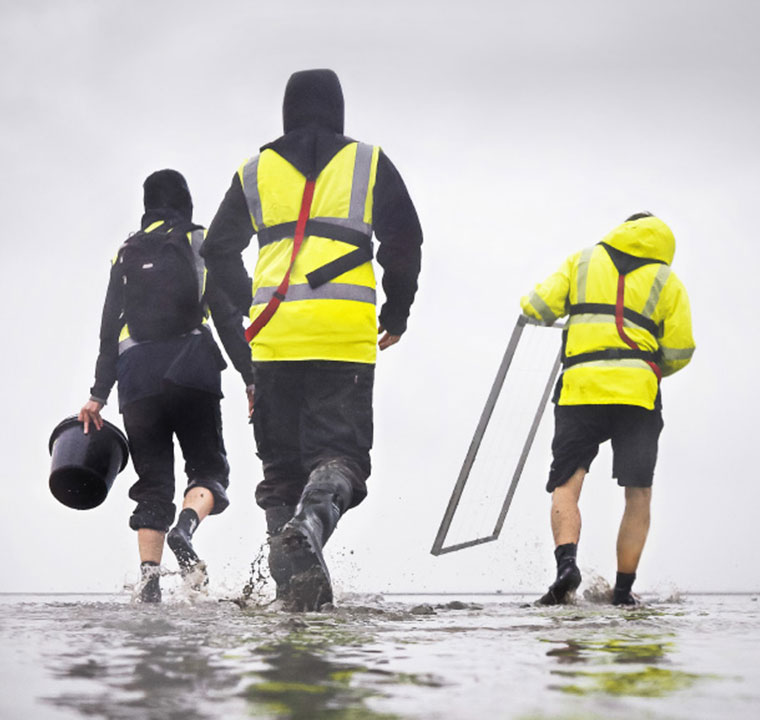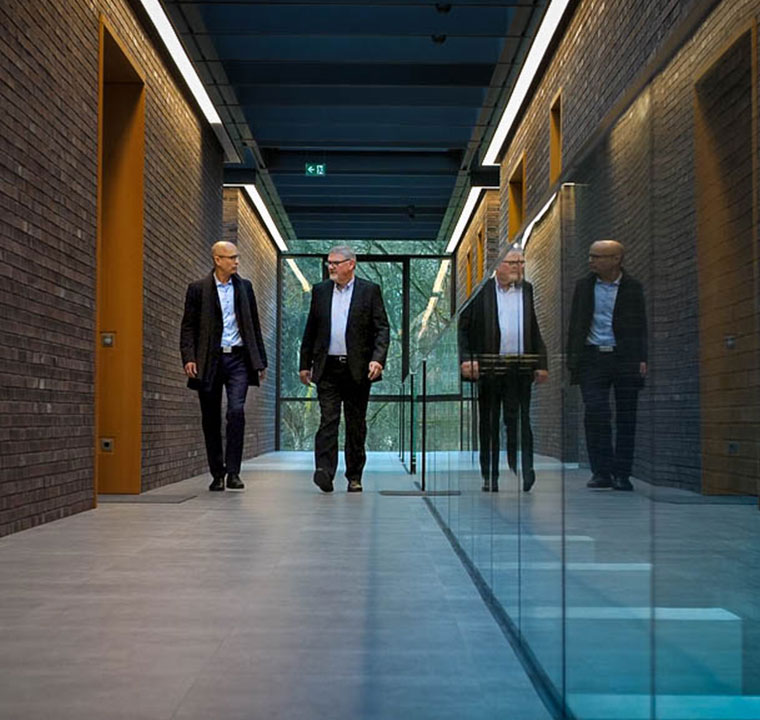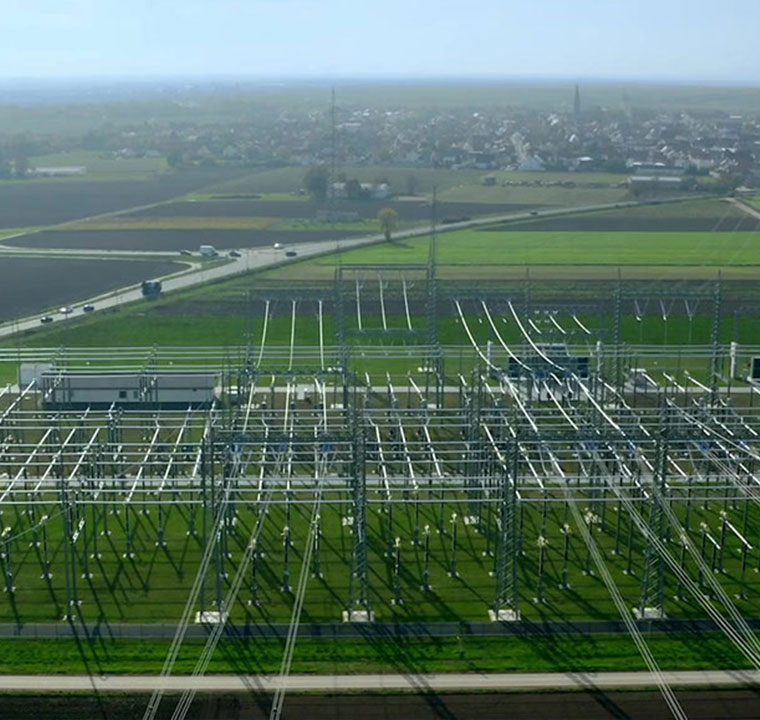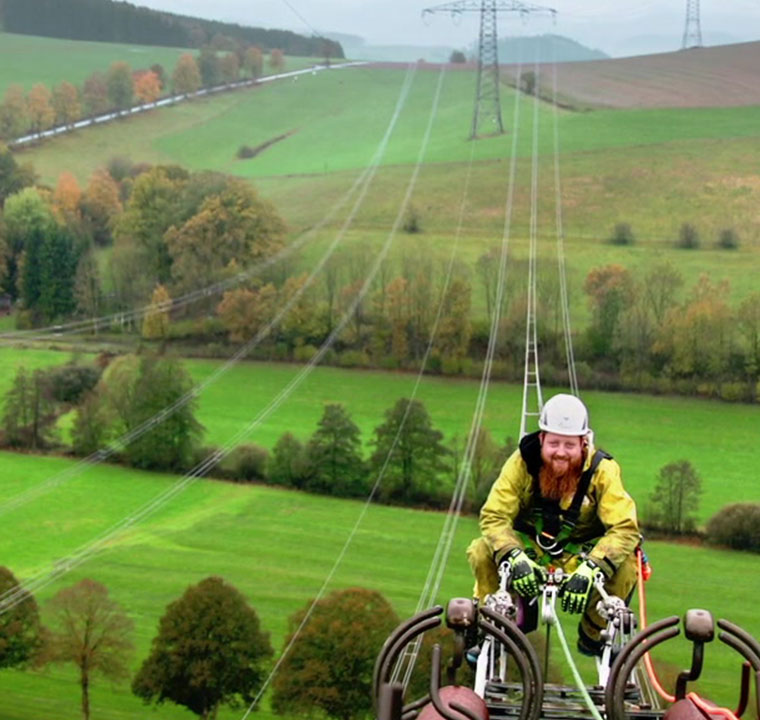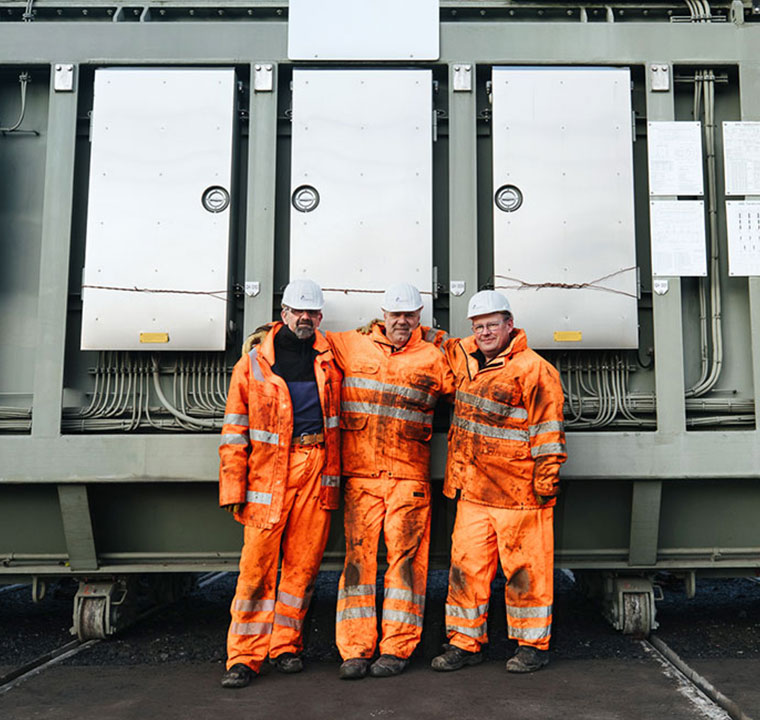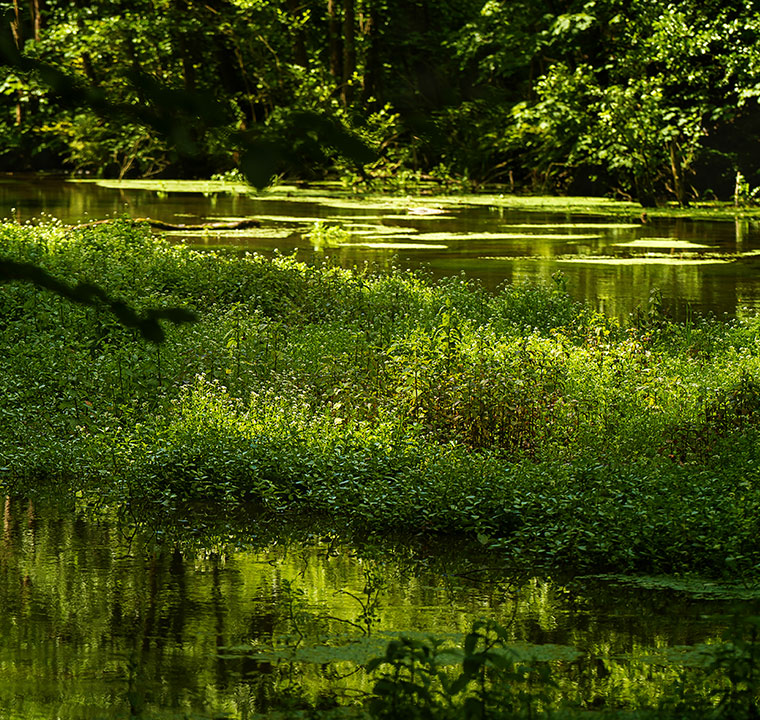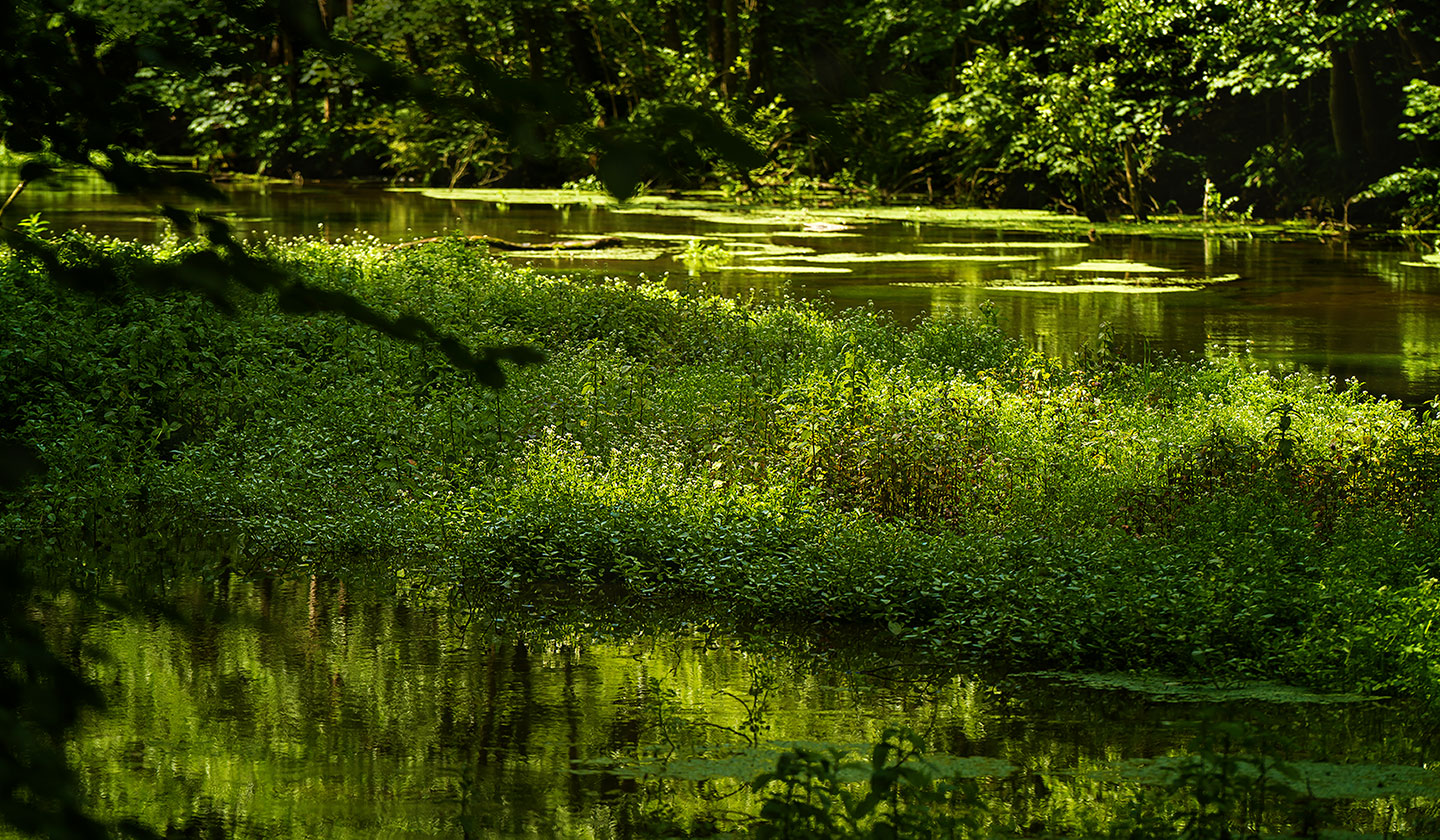
Natural balance
Wherever new power links are built, nature and the landscape will change. Amprion compensates for these impacts elsewhere. For example, the transmission system operator acquires land on which it renaturalises watercourses or upgrades monocultures. One such “ecological compensation area” is located near Plettenberg in the Sauerland region. This 50-hectare site owned by Amprion covers large sections of the protected area known as the “Lennealtarm Siesel” (meaning the “cut-off Lenne river meander at Siesel”) that hosts rare habitats. The number of species that live there is growing from year to year. We’ll show you five of them here.
Text Alexandra Brandt
Photos Fotostudio Henke, Franz Hasse, Christoph Tölle
Photos Fotostudio Henke, Franz Hasse, Christoph Tölle
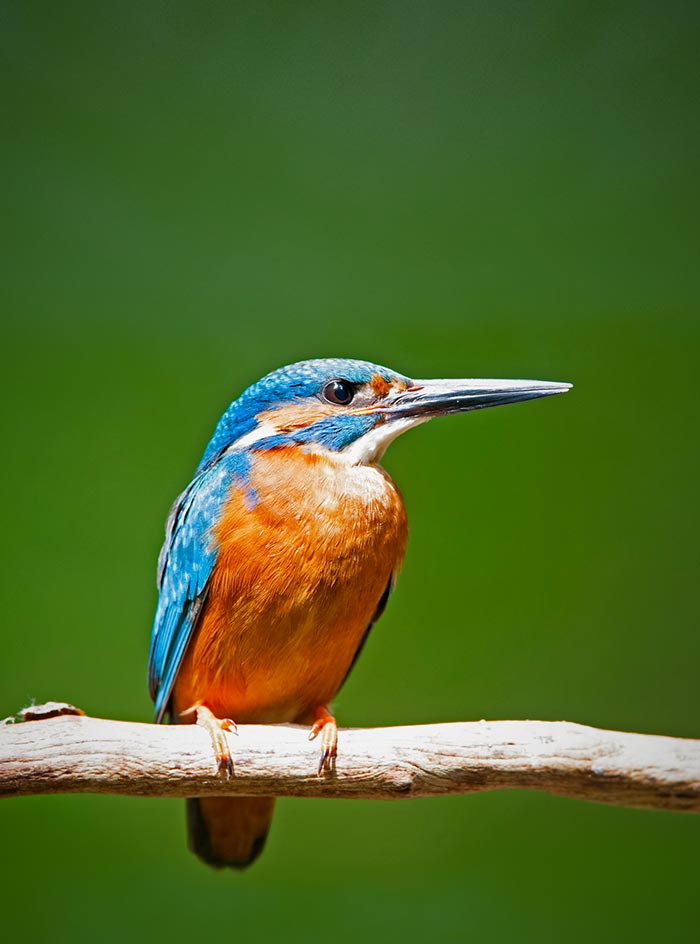
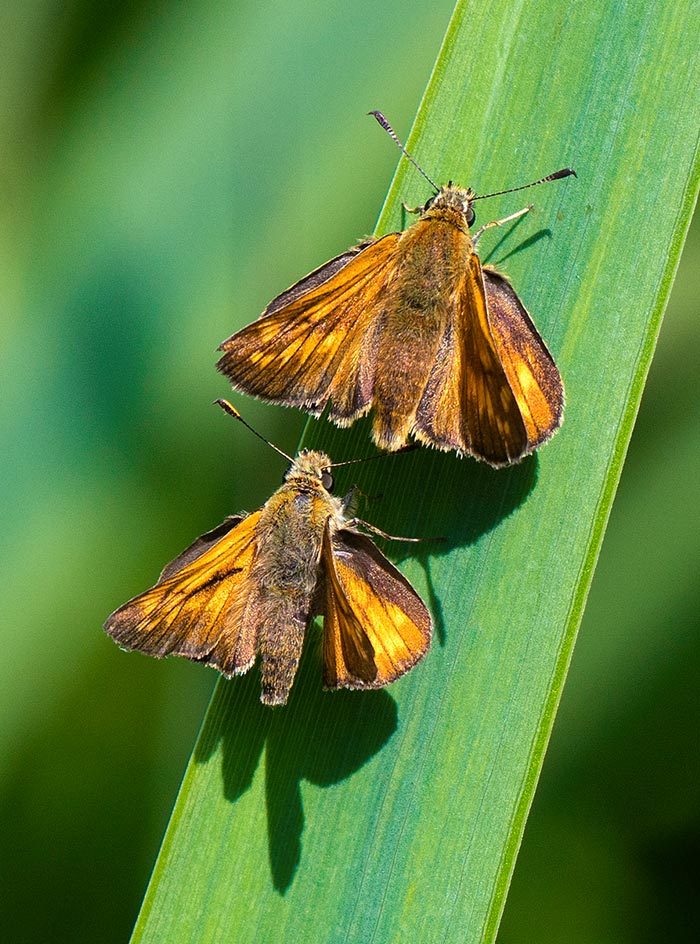
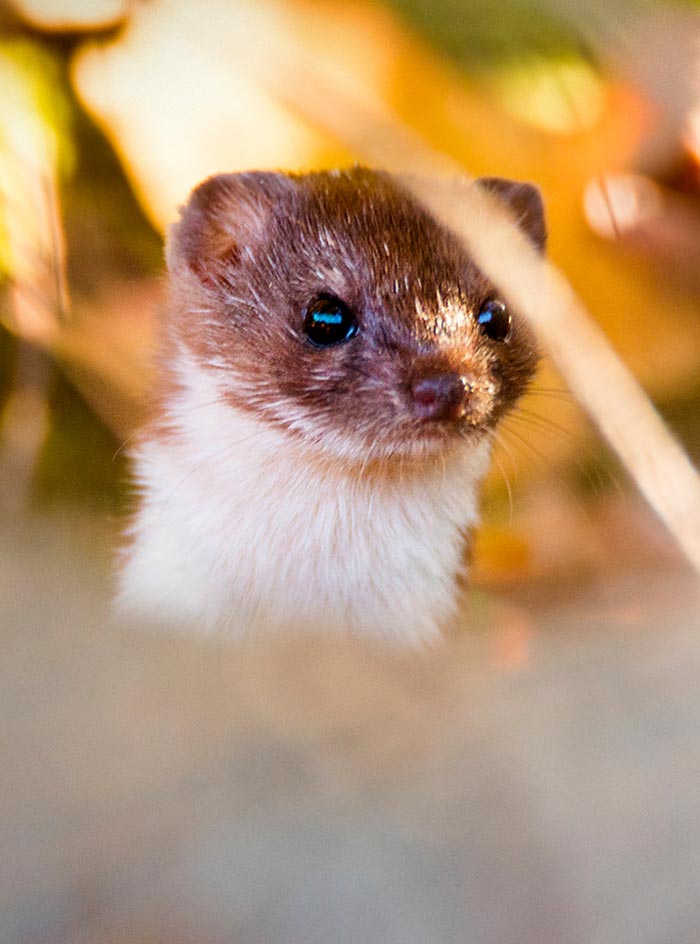
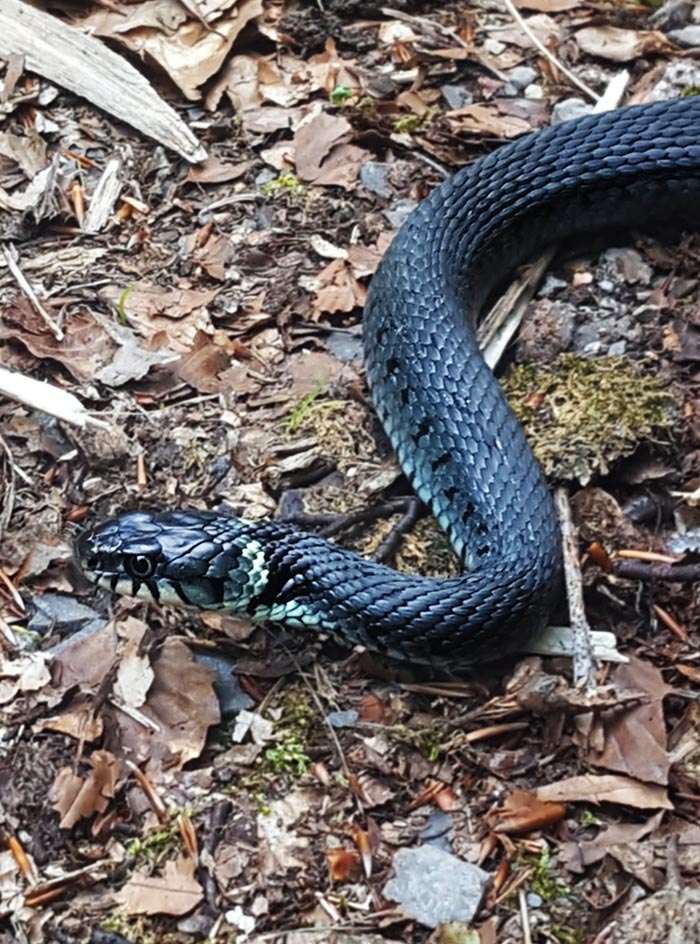
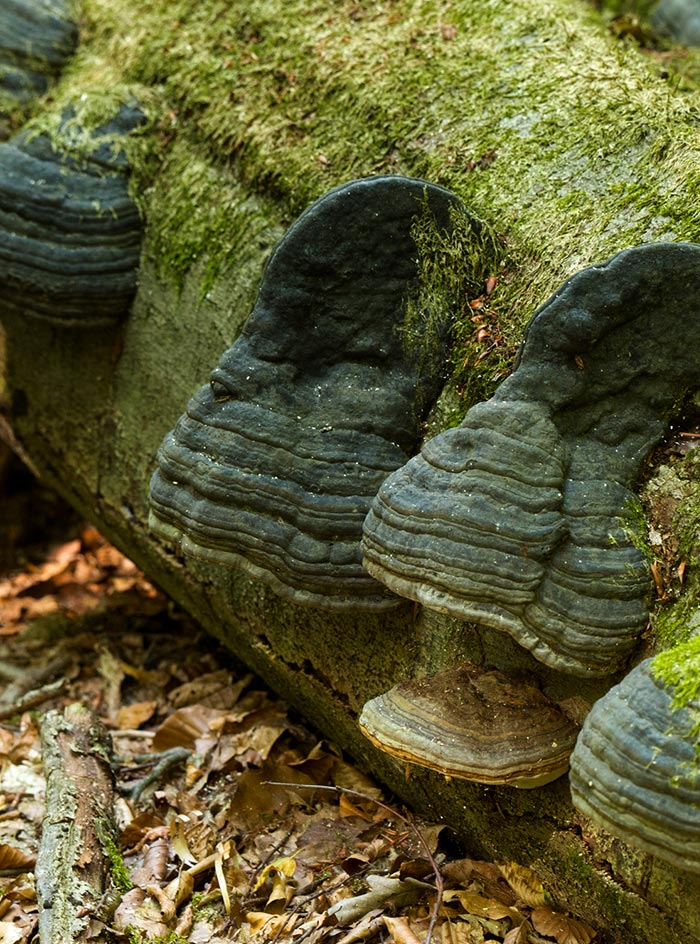





To hibernate, the caterpillars construct a shelter from grasses or a curled-up leaf, which they spin together with their silk.

Large skipper

These diurnal butterflies can be identified by their reddish-brown wings and broad head. They favour natural locations with a wide variety of flowers, whose nectar they drink. Since large numbers of plants thrive and blossom in the Amprion biotope around the Lennealtarm, the butterflies find an adequate supply of food there. So do their caterpillars, which feed on various grasses.
Photo PHOTOSTUDIO HENKE
The fungus owes its name to its earlier use: it was turned into tinder and used to start fires. With the invention of matches, its once significant economic value declined.

Tinder fungus

The conspicuous macrofungus grows on older or damaged tree trunks. It decomposes the wood and turns it into humus. It is rarely encountered in spruce forests, which are often planted as monocultures in Germany. On Amprion’s estate in the Sauerland, tinder fungus (also known as horse’s hoof fungus) grows in a mixed forest of oak and beech trees.
Photo PHOTOSTUDIO HENKE
Kingfishers feed on small fish, insects, crabs and tadpoles. They hunt by pulling their wings tight against their body and diving head first into the water to grab their prey with their beak.

Kingfisher

With its clear, unpolluted waters, which do not freeze over even in winter, the protected area at the “Lennealtarm Siesel” offers an ideal habitat for the common kingfisher. This strictly protected bird also finds natural sections of water with steep banks into which it can dig breeding burrows.
Photo PHOTOSTUDIO HENKE
Grass snakes can increase their body surface area to quickly absorb or dissipate heat as needed. What’s more, they can play dead when in danger: they lie on their back, go limp and open their mouth.

Grass snake

This snake, which can grow up to 1.2 metres in length, is at home in what are called “mosaic habitats”, where bodies of water as well as forest and grassland can be found. Such habitats offers these reptiles a perfect food supply, with snails, amphibians, spawn and mice. The grass snake is protected throughout Europe under the EU Habitats Directive.
Photo Christoph Tölle
Least weasels are mainly diurnal. If you want to observe them, you need to keep still, because the animals have poor eyesight and mainly perceive movement.

Least weasel

This reddish-brown and white-coloured species of marten is the smallest carnivore on earth. With a body length of just 15 to 20 centimetres, the least weasel or common weasel is scarcely bigger than its main prey, the field mouse (aka common vole). These nimble hunters eat up to five small rodents every day. However, since mice are often controlled through the use of poison in today’s modern agriculture, their habitat has worsened in some places – with the result that the weasel is running out of food. This is not the case in the protected area near Plettenberg. Here, the weasels find a rich abundance of prey – and hiding places in burrows, rock crevices or under tree roots.
Photo PHOTOSTUDIO HENKE



